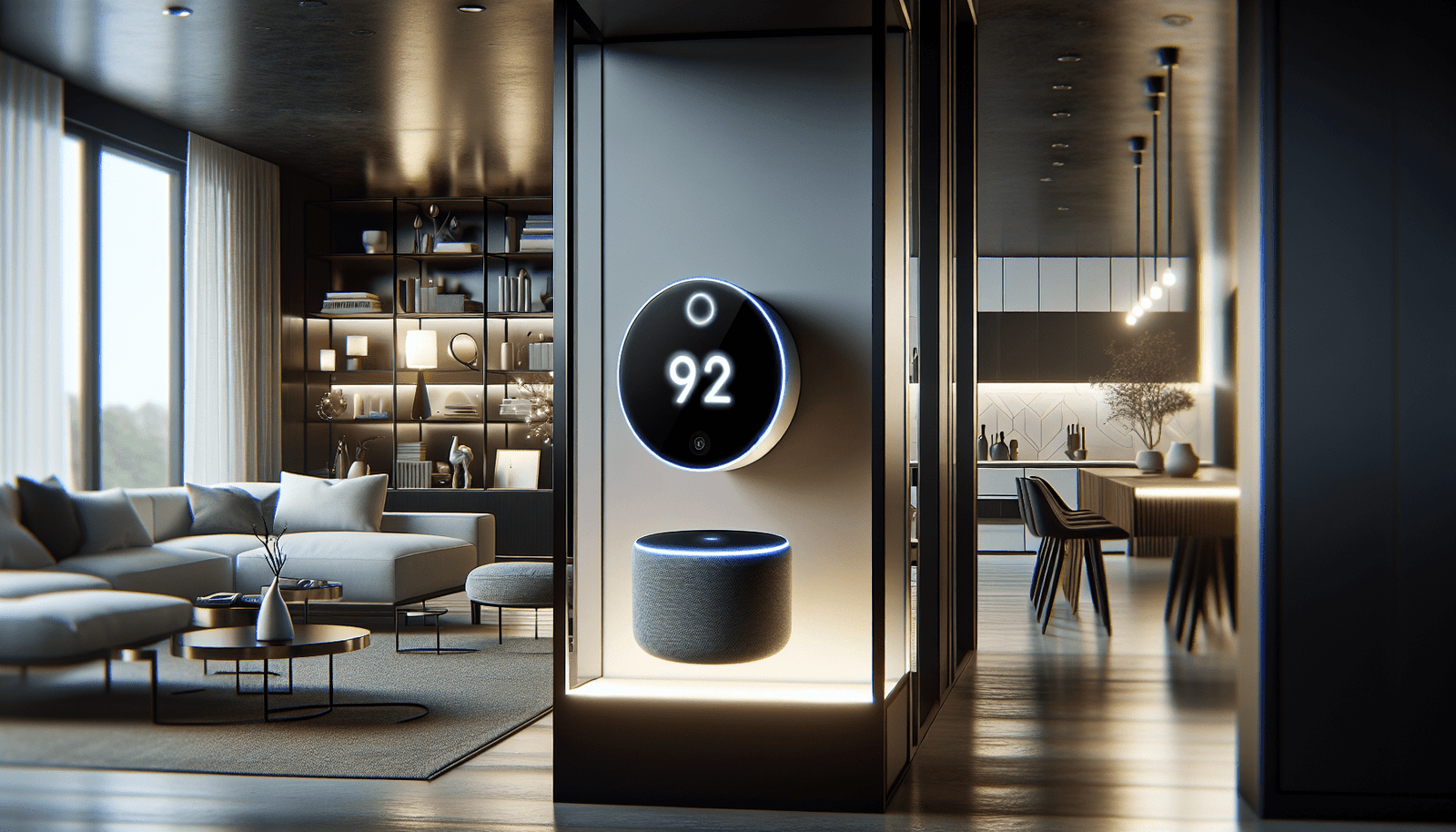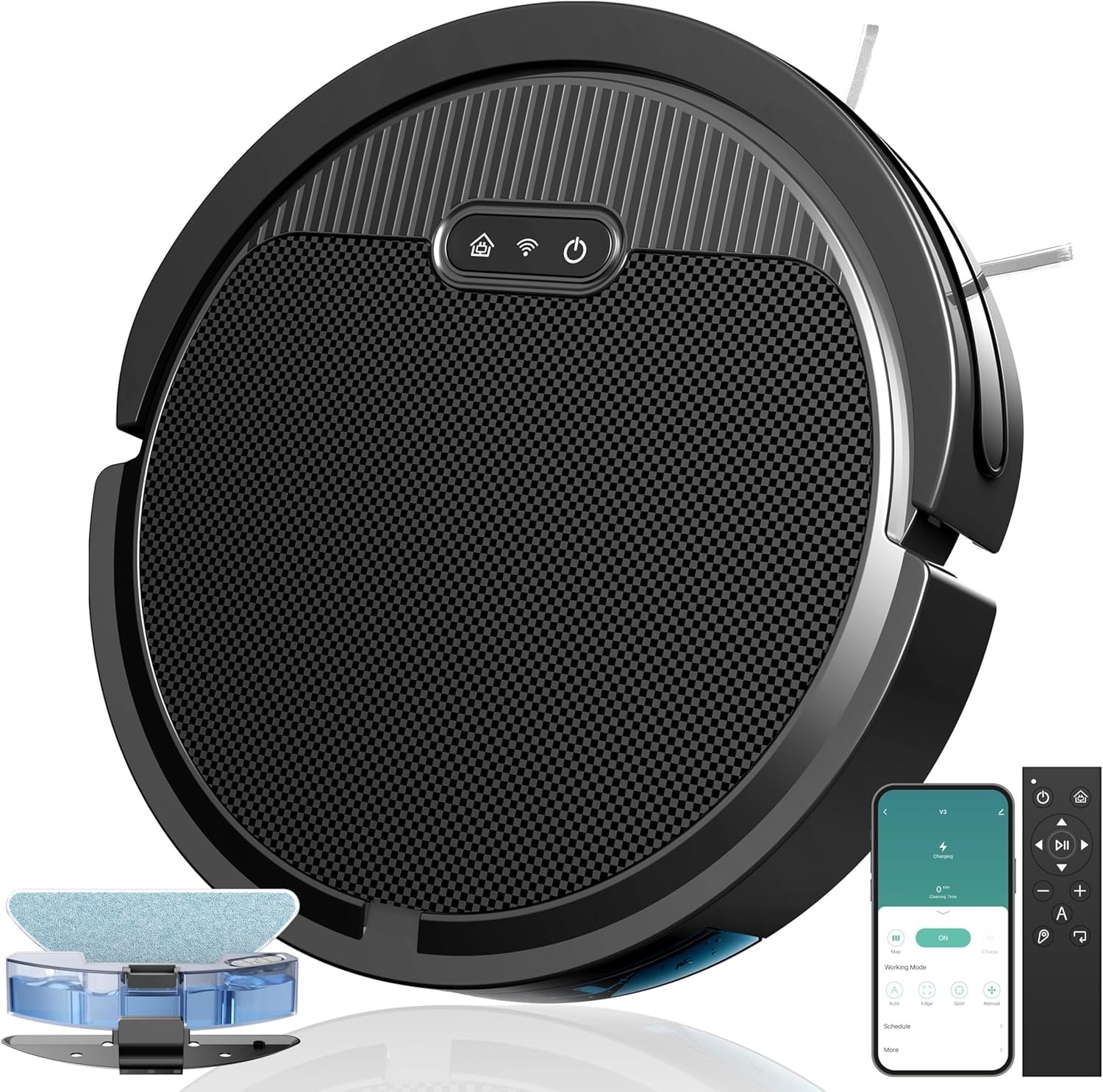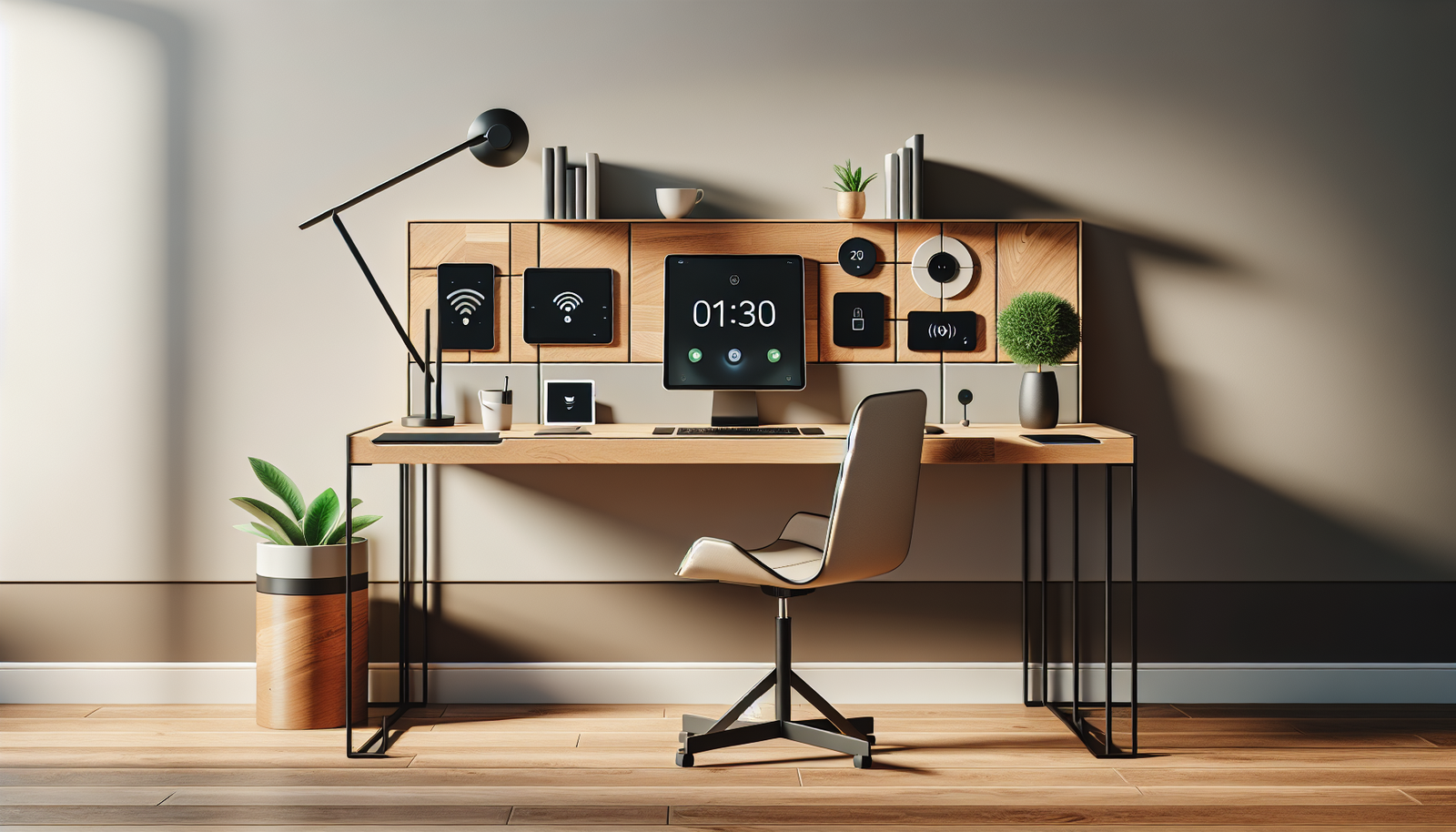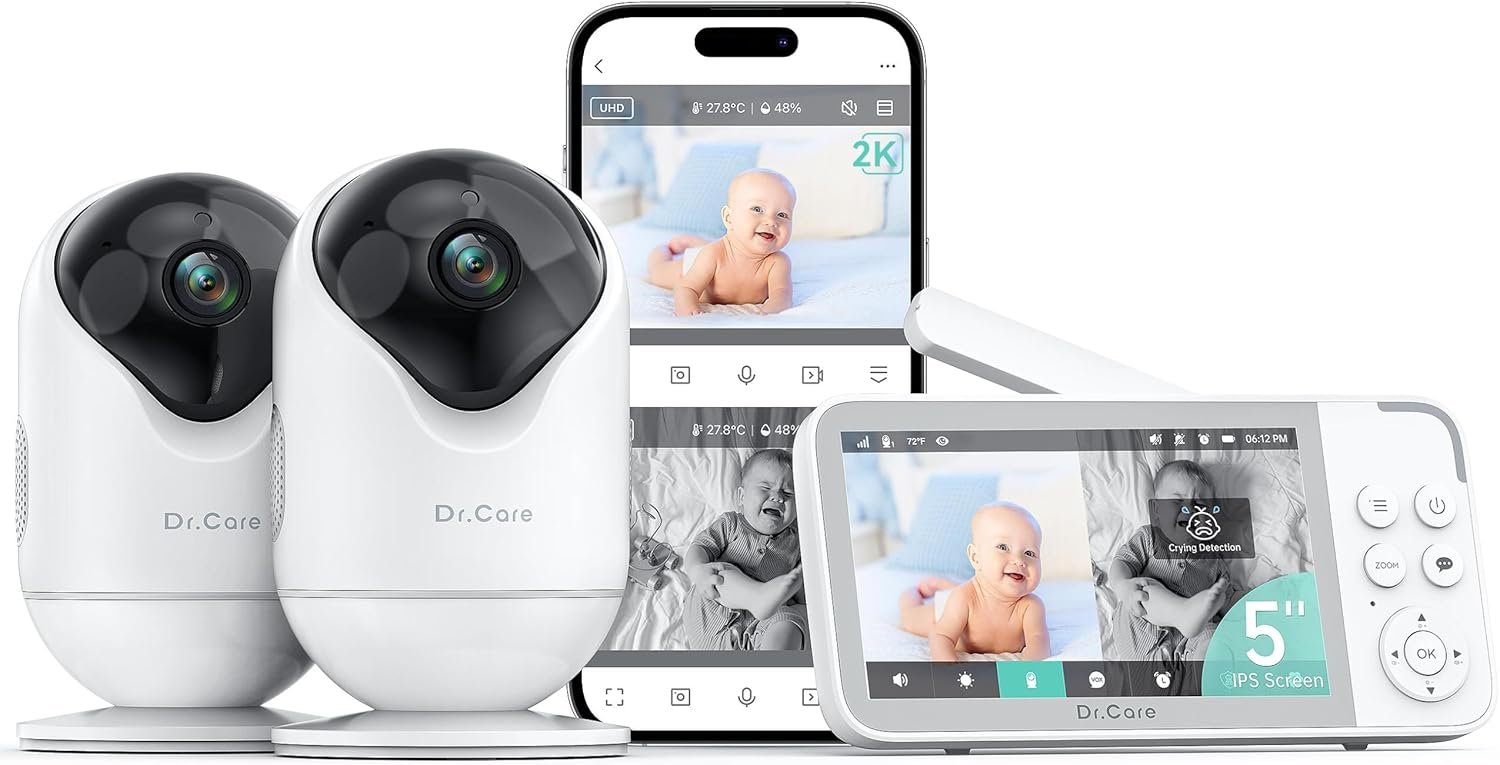Have you ever considered how technology is reshaping your daily routines? The fascinating world of smart home devices is not just about cutting-edge gadgets and futuristic homes. It’s about transforming the way you live, making your environment more connected, efficient, and enjoyable. Whether you’re a homeowner wanting to upgrade, a renter seeking non-permanent solutions, or a tech enthusiast passionate about integrating technology into daily life, smart home devices offer something for everyone.
Definition and Overview of Smart Home Technology
What is a Smart Home?
A smart home is a residence equipped with devices that automate and enhance various functions like lighting, heating, and security. These devices are often connected to a central hub or platform, which allows you to control them remotely from your smartphone or through voice commands. The main idea is to create a seamless living environment where technology simplifies everyday tasks and enhances your comfort.
Key Smart Home Devices
Several types of devices form the backbone of smart home ecosystems. They include smart lights, thermostats, security cameras, and assistants like Amazon’s Alexa or Google Assistant. These devices interact with each other to create a harmonious and efficient living space. Imagine adjusting your thermostat from your phone while you’re out, or asking your voice assistant to dim the lights as you settle in for a movie night.
Cost and Value Considerations
Initial Investment vs. Long-term Savings
Investing in smart home technology can seem daunting initially, but it’s important to consider both the upfront costs and the potential long-term savings. While a single smart bulb may cost more than a traditional bulb, it uses less energy and lasts longer, cutting replacement costs and utility bills.
Return on Investment
Smart home upgrades can also increase your property’s value. Real estate investors often find that homes equipped with the latest technology attract more buyers and can command higher prices. According to the National Association of Realtors, smart home features like security systems and energy-efficient appliances are highly coveted in today’s market.

Comparisons and Examples of Smart Home Solutions
Smart Lighting vs. Traditional Lighting
Smart lighting systems, such as Philips Hue or LIFX, allow you to control lights remotely and even automate them based on your routine, saving energy and improving security. Compared to traditional lighting, which requires manual operation and doesn’t offer automation, smart lights are an investment in convenience and efficiency.
Thermostats: Smart vs. Conventional
A smart thermostat, like the Nest or Ecobee, learns your heating and cooling preferences over time and adjusts accordingly, offering a personalized climate control experience that saves money by optimizing energy use. In contrast, conventional thermostats require manual adjustments, often leading to unnecessary energy consumption.
Practical Setup Guides for Smart Home Devices
Installing Smart Lights
Setting up smart lights is relatively straightforward. Start by replacing your existing bulbs with smart ones, then download the corresponding app on your smartphone. Follow the app’s instructions to connect the bulbs to your home Wi-Fi network. Once connected, you can control the lights via the app or a voice assistant.
Integrating a Smart Thermostat
To install a smart thermostat, first, ensure your heating system is compatible. Turn off the electricity to your thermostat for safety, then remove the old thermostat. Install the smart thermostat’s base and connect the wires following the manufacturer’s instructions. Attach the thermostat to the base, restore power, and follow the setup process in the app to connect it to your Wi-Fi.

Security and Privacy Factors
Understanding Security Risks
While smart devices offer numerous benefits, they also come with potential security risks. Unauthorized access is a major concern, as hackers could potentially control your devices or access private information. Ensuring your home network and device accounts have strong, unique passwords helps mitigate these risks.
Best Practices for Ensuring Privacy
Regularly updating device firmware and enabling security features like two-factor authentication are critical measures. It’s also wise to review privacy settings and any data-sharing agreements with manufacturers to ensure your information is handled responsibly.
Energy Efficiency and Sustainability
Role of Smart Devices in Reducing Energy Consumption
Smart home devices contribute significantly to energy efficiency. For example, smart thermostats can lower energy bills by learning and adapting to your habits, only heating or cooling your home when necessary. Similarly, smart plugs allow you to power off devices completely to avoid phantom energy usage.
Environmental Impact
Using smart devices can lower your carbon footprint by optimizing energy use. This not only reduces utility bills but also contributes to environmental sustainability by reducing overall energy demand. Opt for energy-efficient devices with certifications like ENERGY STAR to maximize these benefits.
Compatibility and Connectivity
Interacting with Various Platforms
Smart home devices often integrate with platforms like Apple HomeKit, Google Home, or Amazon Alexa, allowing you to control them via voice commands or automate routines. Ensure the devices you select are compatible with your preferred platform for seamless integration.
Importance of Connectivity
A reliable internet connection is crucial for smart devices to function optimally. Consider investing in a strong Wi-Fi network or a dedicated smart home hub, like Samsung SmartThings, to ensure uninterrupted connectivity and control across all devices.
Future-Proofing and Innovation
Emerging Trends in Smart Home Technology
The smart home industry is rapidly evolving, with exciting innovations on the horizon. This includes enhanced artificial intelligence capabilities for smarter decision-making and improved interoperability among devices. Keeping abreast of these developments can help you make informed choices about upgrading your systems in the future.
Preparing for Future Upgrades
When building your smart home ecosystem, select devices with robust support and frequent updates from manufacturers. This ensures that your system remains secure and integrates easily with new technologies as they emerge.
Conclusion: Is a Smart Home Right for You?
Deciding to invest in a smart home involves weighing the costs and benefits carefully. The convenience, efficiency, and enhanced security offered by smart home devices can transform your lifestyle, making everyday tasks easier and more enjoyable. Whether you’re a homeowner, renter, buyer, or tech enthusiast, these devices offer versatile solutions to meet varying needs and preferences. Considering the long-term savings and property value benefits, integrating smart technology is a decision that can pay off substantially over time. So, is a smart home investment aligned with your desires for a modern lifestyle? Commit to understanding its potential, and make informed choices that best suit your environment and budget.




